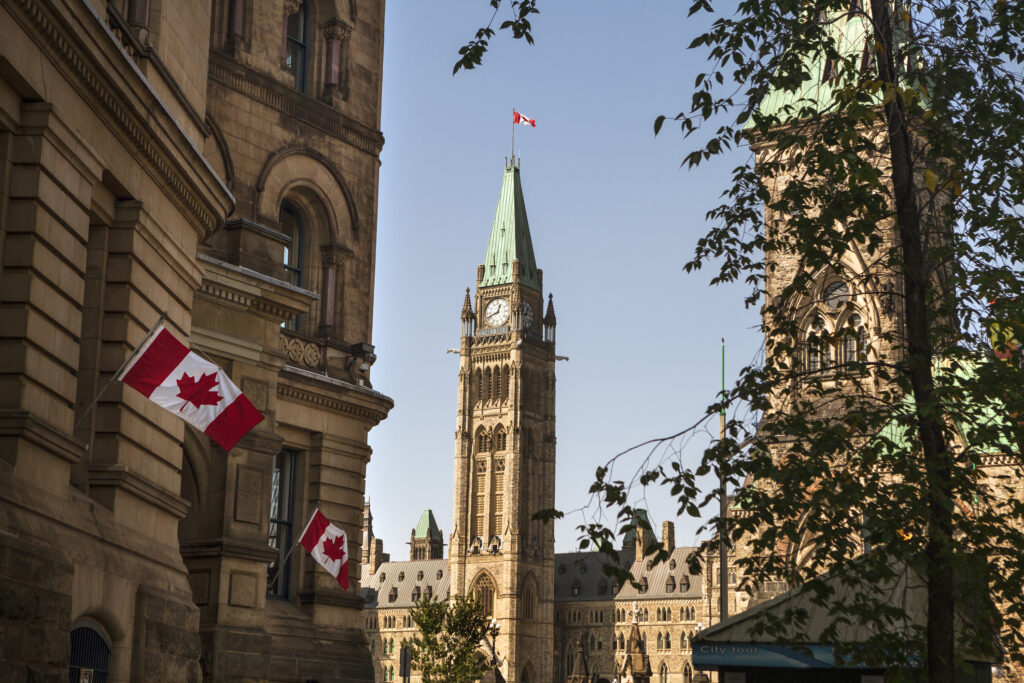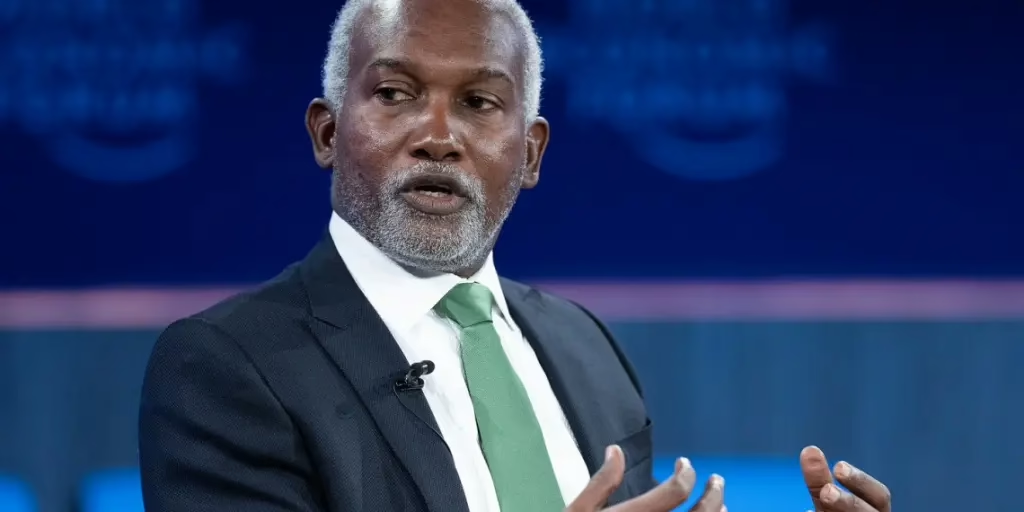* As country announces 2023-2025 Immigration Plans
Marc Miller has been announced as Canada’s new Immigration Minister. Miller was given the role today during a cabinet shuffle by Canadian Prime Minister Justin Trudeau. Canada’s most recent Immigration Minister, Sean Fraser, is now going to become the Minister of Housing, Infrastructure and Communities. Sean Fraser has served as Immigration Minister since taking it over from Marco Mendicino in October of 2021.
The cabinet is a body of ministers that are appointed by the Canadian Prime Minister. They are responsible for setting the federal government’s policies and priories for the countries in their respective departments.
Cabinets are often shuffled about every two years by the current Canadian Prime Minister. While not all positions are changed, often a number of them are to replace poor-performing ministers or to promote those doing a good job. This also provides the government with the opportunity to reorganize, refresh its policies and refocus its efforts.
Sean Fraser has served as Immigration Minister for the last two years. Upon taking over the office in 2021, Trudeau provided Fraser with a list of immigration points to prioritize. This included increasing hiking immigration levels, improving application processing, increasing francophone immigration to Canada and more.
Although Sean Fraser had the additional challenge of maintaining immigration during the Covid-19 Pandemic while the borders were closed, he was able to address many of these points. Most recently, for example, the IRCC introduced category-based draws to Express Entry to attract specific profiles to Canada, including French speakers and those with the most in-demand experience. In the most recent Immigration Level Plans, he also announced plans to increase the number of newcomers welcomed to Canada each year.
Marc Miller will be taking over the role after serving as the Minister of Indigenous Relations since 2019. Before his political career, he practiced law after graduating from McGill University of Law. He also was in the Canadian Army Primary Reserve as an infantry commander.
2023-2025 Immigration Plans
Critical labour market shortages have led many to turn to immigration as a path forward in addressing these critical shortages. This is reflected in the immigration plan which embraces immigration as a strategy to help businesses find workers. It also aims to attract the skills required to fill key sectors, such as in health care, skilled trades, manufacturing and technology. This will help to manage the social and economic challenges facing Canada in the decades ahead.
Over the next three years, Canada will increase the number of new immigrants to the country each year. Canada will aim to welcome 465,000 new immigrants in 2023. The target will rise to 485,000 new immigrants in 2024. And it will again rise in 2025 to 500,000 new immigrants. The plan also brings an increased focus on attracting newcomers to different regions of the country, including small towns and rural communities as well as attracting Francophones throughout the country.
Last year Canada welcomed over 405,000 newcomers, the most ever welcomed in a single year. Canada is looking to break that record for 2022 by welcoming nearly 432,000 by the end of the year – a target which is expected to be met.
Why Are Increased Levels of Immigration Needed?
Canada has historically welcomed high numbers of newcomers to help keep its economy strong. Currently, Canada is facing a unique period of historic labour shortages alongside nearly one million job vacancies. Both are driving factors in the country’s growing immigration targets.
According to Statistics Canada, the number of job openings across the country reached an all-time high at nearly one million. This was an increase of 2.7% from the previous peak in the last quarter and over 80% above pre-pandemic levels. This has been the highest on record in recent years.
Vacancies have continued to rise in specific key sectors. Some of the hardest hit has been the health care and social assistance sector. The healthcare and social assistance sector has been growing rapidly due to the aging population. The shortage has been further exasperated by the COVID-19 pandemic.
As Canada faces an acute shortage of skilled workers, many businesses struggle to find the right people to fill positions. To help address this problem, Canada has turned to immigration to fill record numbers of job openings, a trend that is expected to continue in the future to meet labour demands and fill important jobs.











Leave a Reply